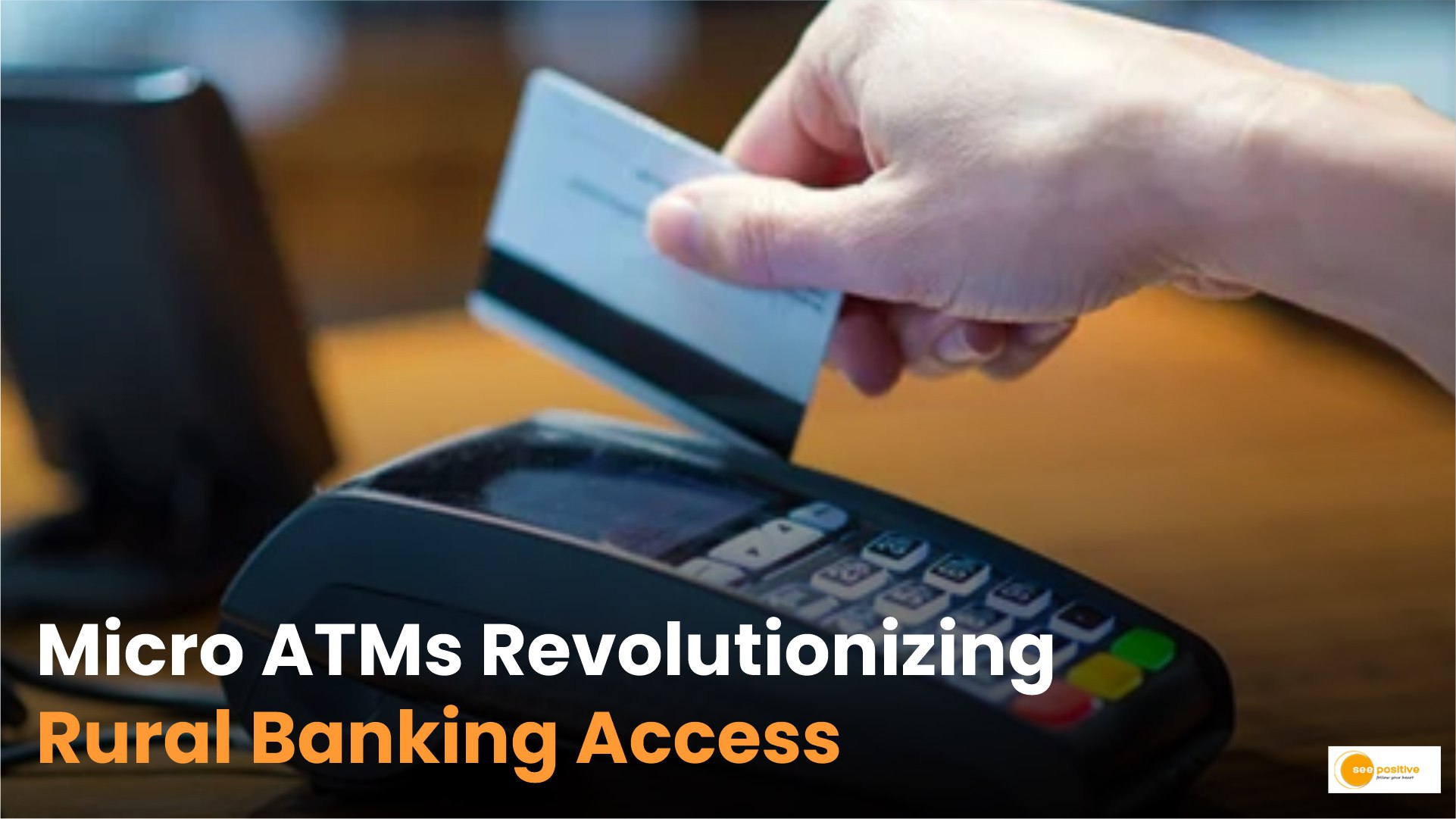Micro ATM: In India, there are 2.3 lakh ATMs installed across the country. However, now, customers are withdrawing cash from agents and merchant shops, which are known as Micro ATM Points. The number of these Micro ATM Points has doubled recently. All major public and private sector banks are now providing this service. Bank agents are offering facilities like cash deposits and withdrawals at customers’ doorsteps. A Micro ATM also has a fingerprint scanner, and a customer’s ID card is linked to their bank account, typically using their Aadhaar card.
What is a Micro ATM?
A Micro ATM is a special handheld device that works without the need for an internet connection. Instead, it connects to a mobile network and operates just like a swipe machine found at merchant outlets. It allows banking transactions such as cash withdrawals, deposits, and balance checks to be processed using the customer’s debit card or through biometric identification.
Popularity in Villages?
Villagers prefer using nearby payment or transaction services, and the usage of Micro ATMs has surged in rural areas. The convenience of conducting transactions at any merchant outlet throughout the day, without needing to visit a bank branch or ATM at a specific time, makes it highly attractive to rural customers.
Banks Promoting Micro ATMs
Experts in the industry point out that installing traditional ATMs is expensive, while Micro ATM points are much more cost-effective. In the coming years, AEPS (Aadhaar Enabled Payment System) is expected to replace traditional ATMs in rural areas. Micro ATMs offer a more efficient, low-cost solution for banking services.
CG Governments Support
In Chhattisgarh, the state government has made a significant initiative to support small farmers by providing them access to cash withdrawals ranging from ₹2,000 to ₹10,000 at Dhan Kharidi Kendras. These withdrawals are facilitated with the help of Micro ATMs, enabling farmers to easily access their money in rural areas. This initiative helps farmers access financial support and make cash withdrawals without having to travel to distant bank branches, enhancing convenience and improving their financial inclusion.
How Does a Micro ATM Work?
With a Micro ATM, customers can swipe their ATM card, enter their PIN, and conduct banking transactions such as withdrawals or deposits. In some cases, bank correspondents (agents) go to the customers’ homes with these portable devices.
PNB is providing this service in rural branches by deploying bank friends (agents). These agents carry Micro ATMs and visit different locations to provide services like cash withdrawals, deposits, and fund transfers to customers in remote villages. These bank agents are stationed across various states, with about 500 agents per state.
Customers can also make bill payments, book tickets, and access other online services via the Micro ATM. Bank agents can travel by auto or bus and still offer ATM services to customers in transit.
A Game-Changer for Pensioners
Pensioners can also benefit from Micro ATMs by withdrawing their pension amounts using their ATM cards, thus providing more convenience and accessibility for senior citizens.
How Does a Micro ATM Operate?
A Micro ATM works similarly to a traditional ATM, but it operates through a mobile connection and can be brought directly to the customer’s location. To withdraw money, a customer swipes their card, enters their PIN, and the agent hands over the cash, instead of the machine dispensing it.
Micro ATMs are particularly beneficial in remote areas where installing a full-fledged ATM is not feasible. These devices help connect people in far-flung locations with the banking system, offering them a much-needed solution for their financial needs.
Conclusion
Micro ATMs are revolutionizing the banking sector in rural India by offering an affordable, efficient, and convenient alternative to traditional ATMs. With services like cash withdrawals, deposits, bill payments, and more available at the customer’s doorstep, Micro ATMs are significantly improving financial inclusion, especially in remote areas. As technology continues to evolve, Micro ATMs will play a crucial role in connecting underserved populations with essential banking services.


